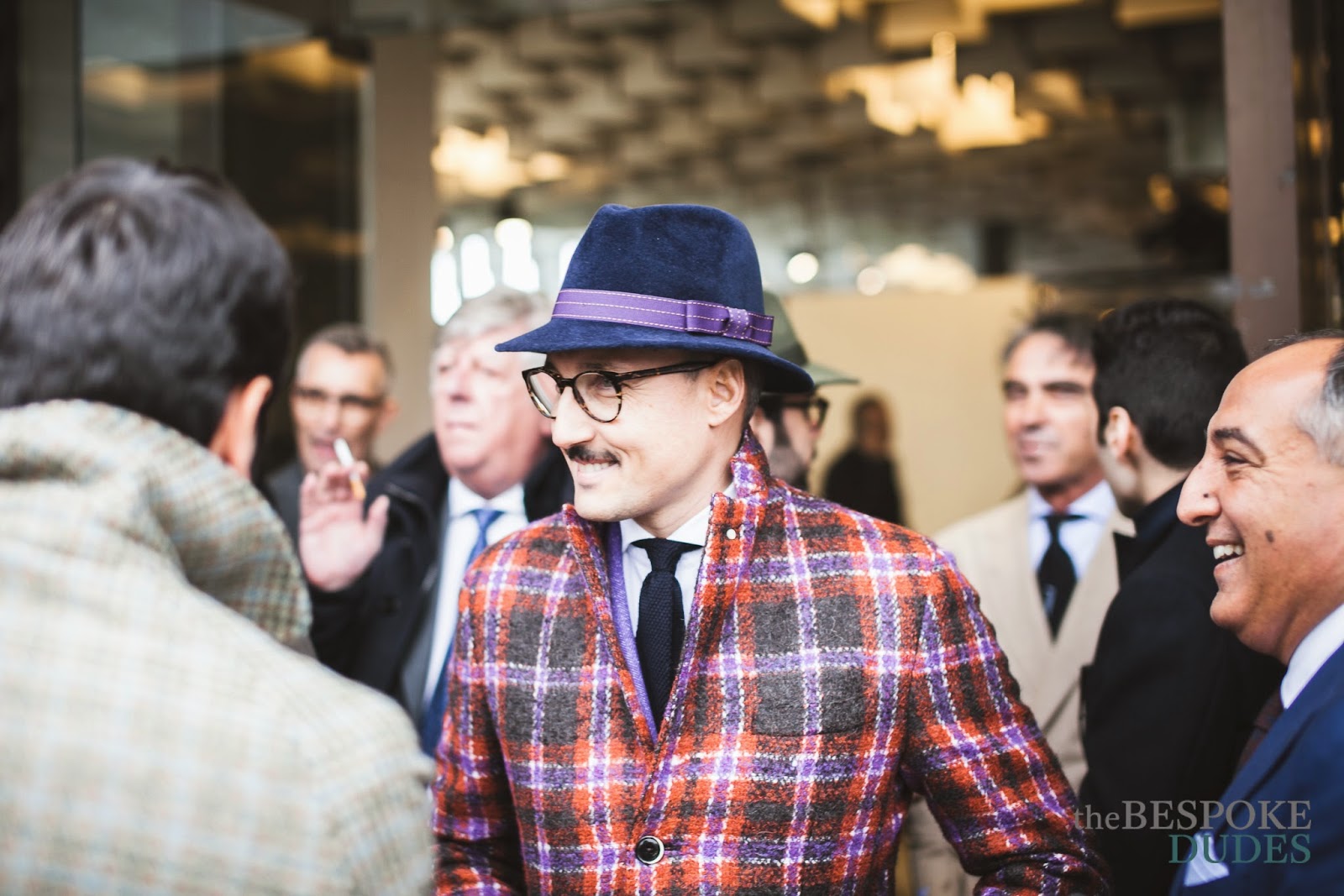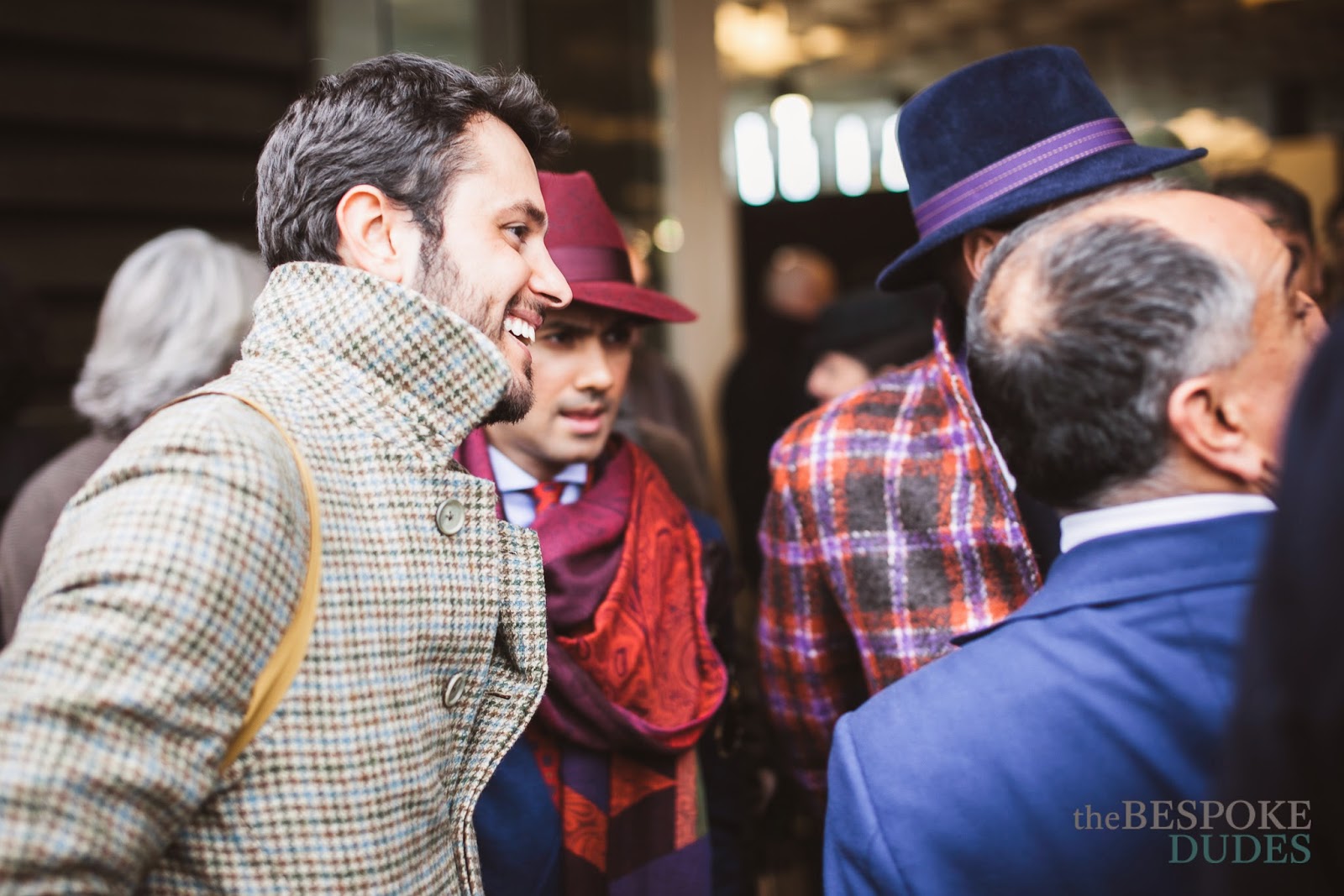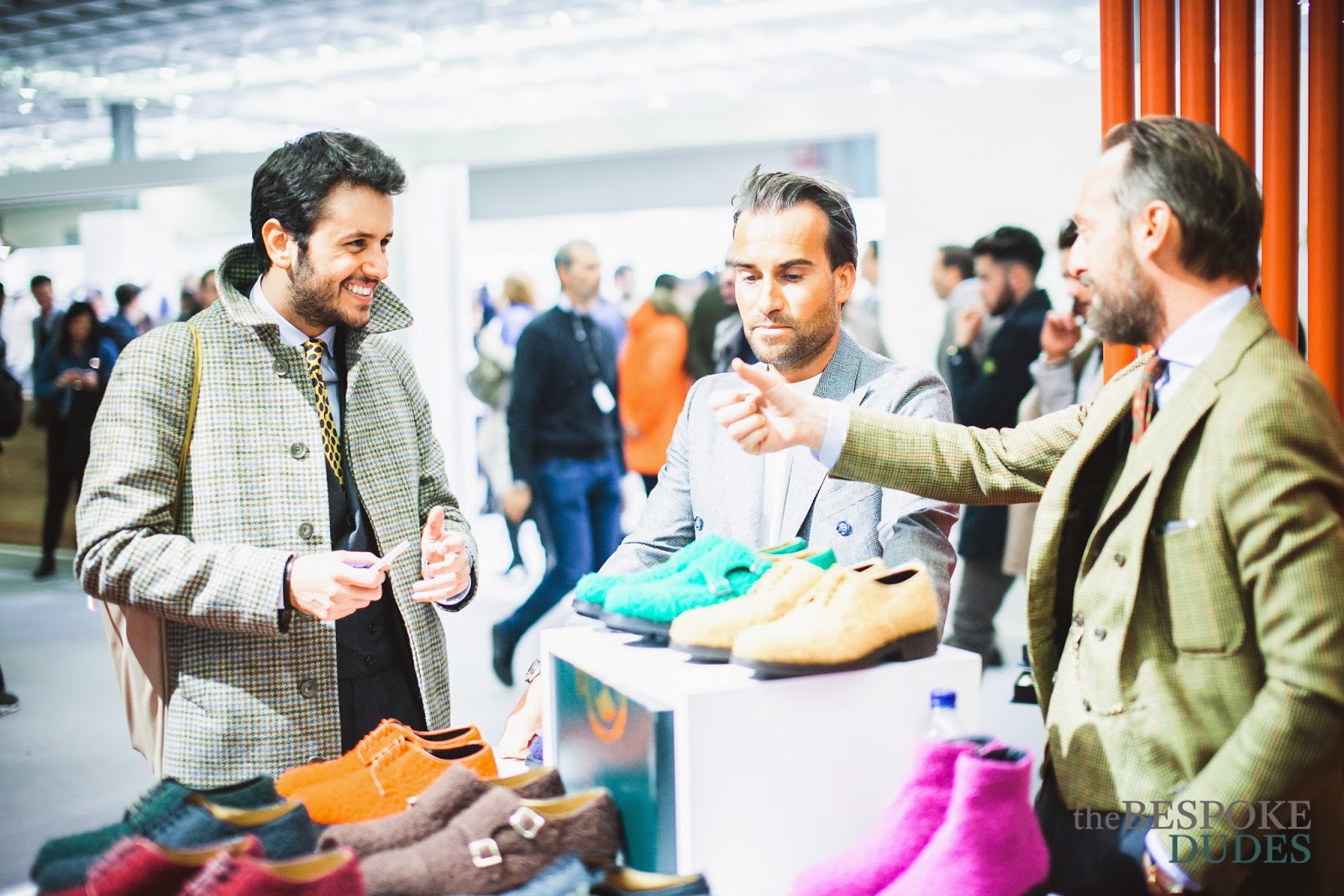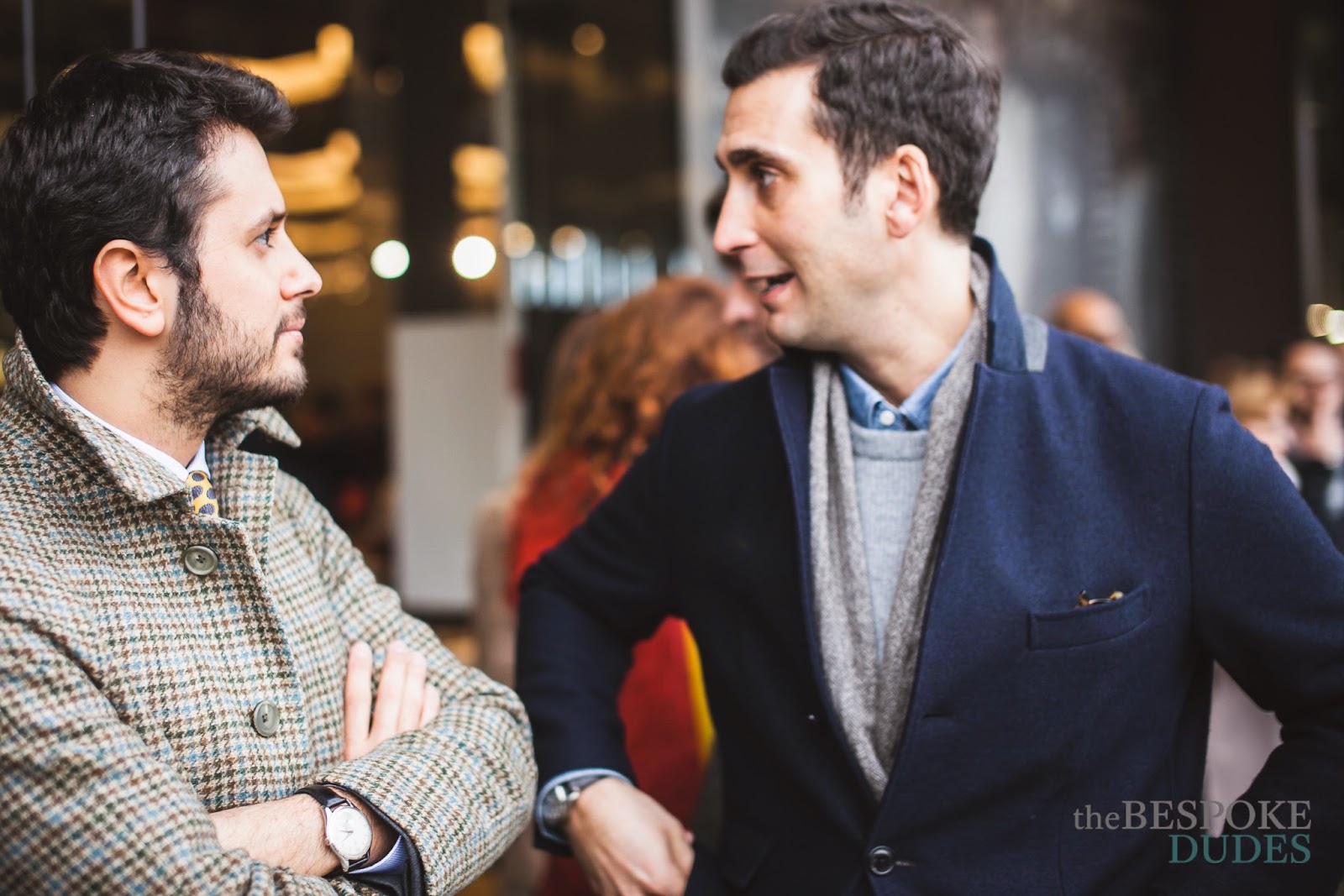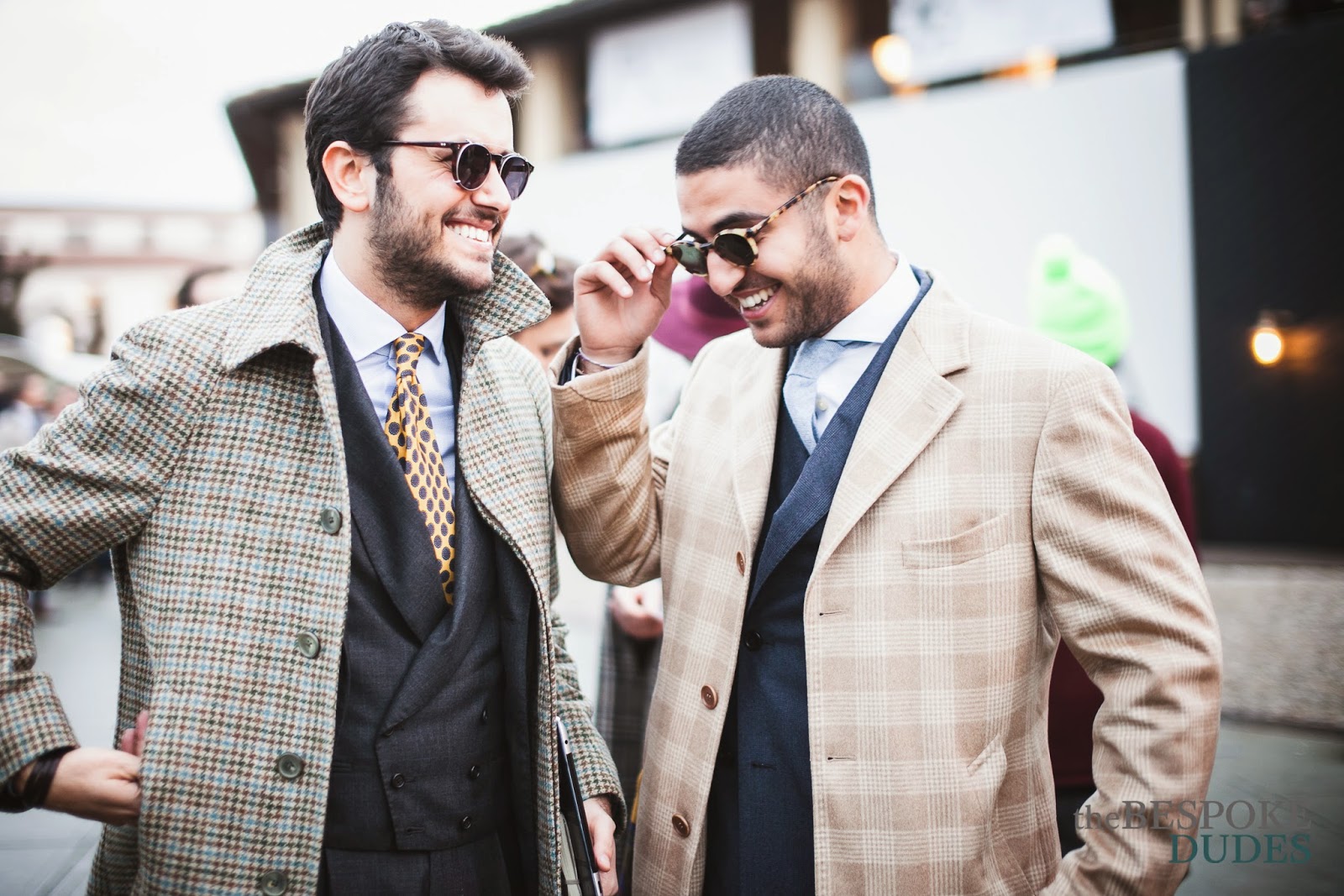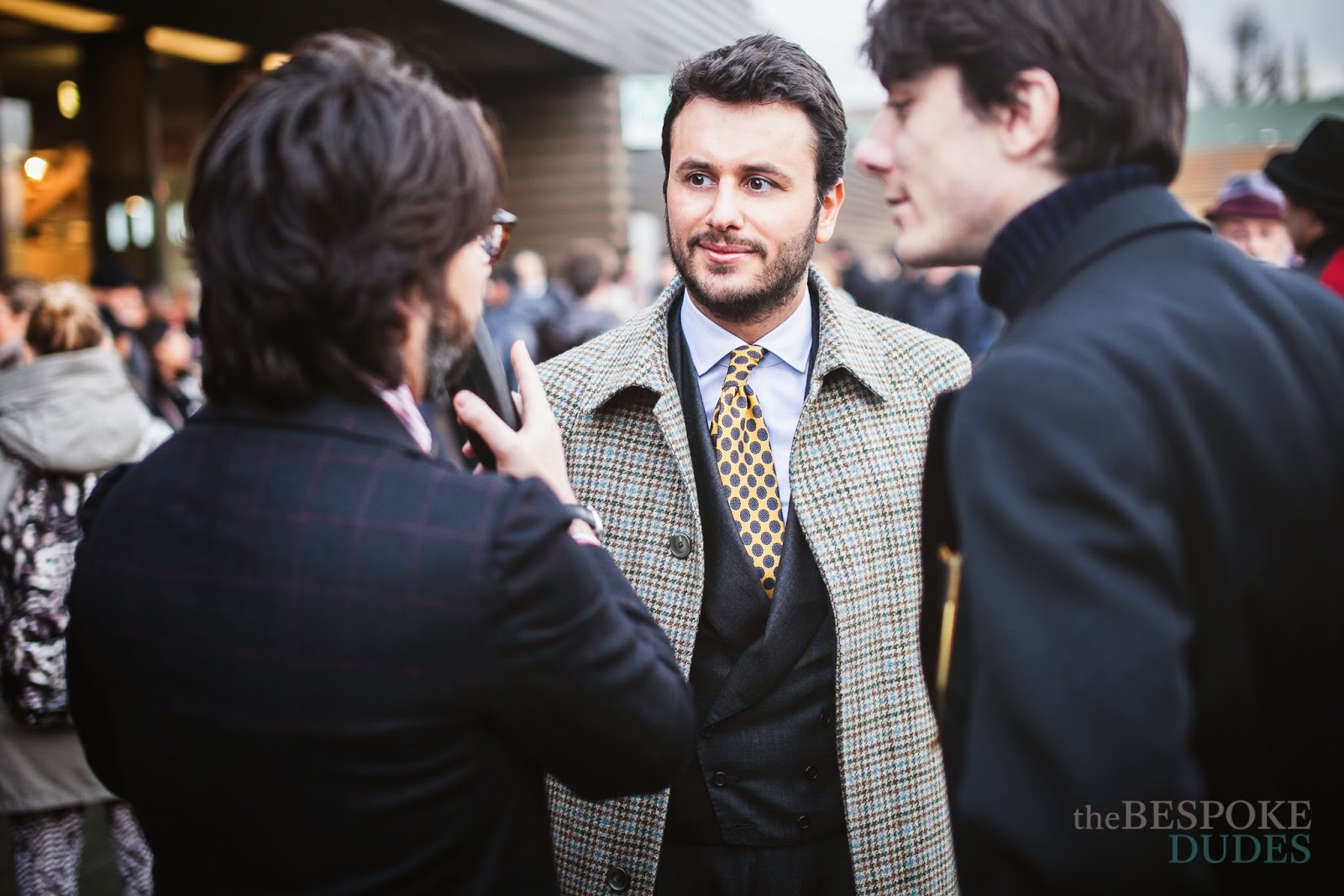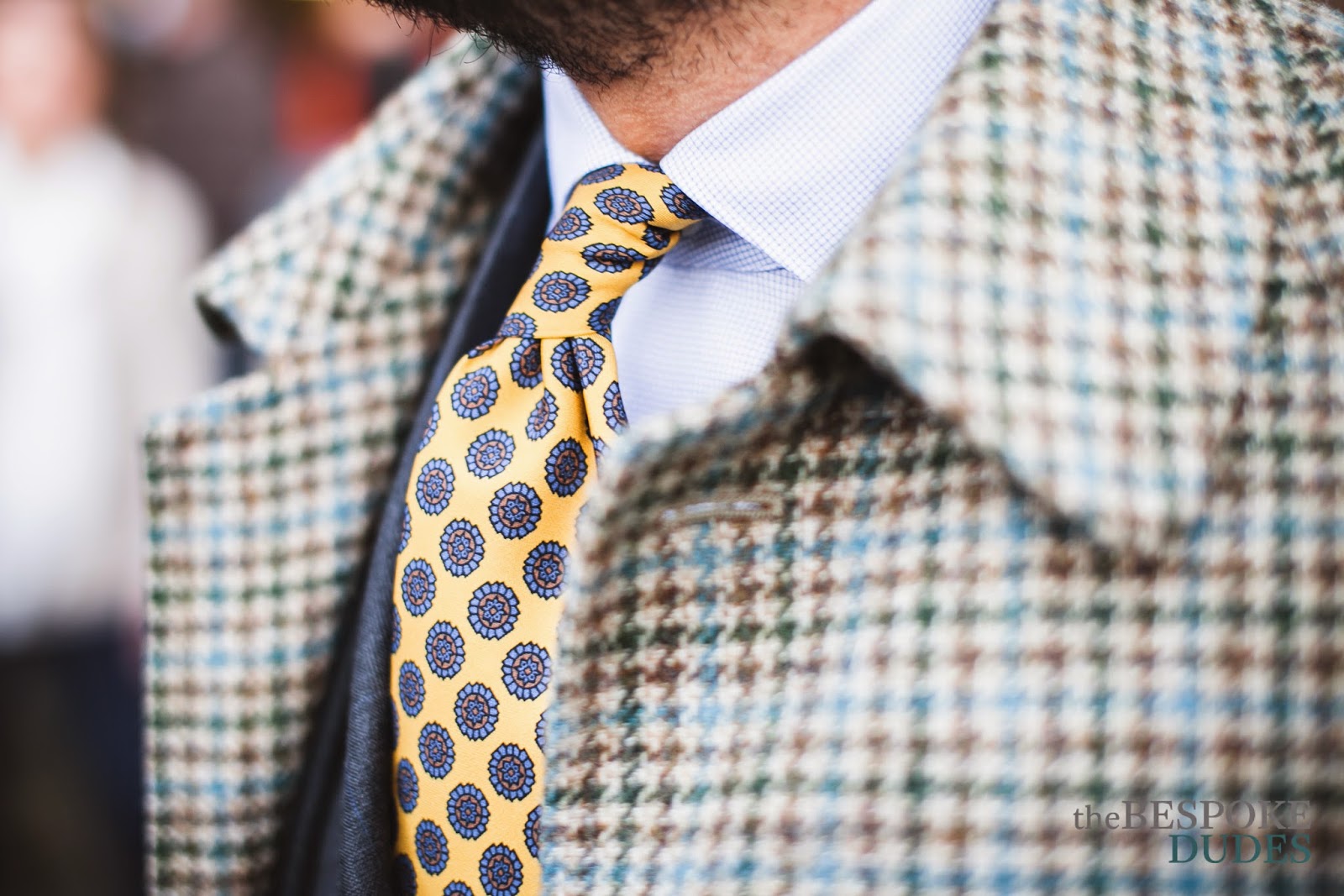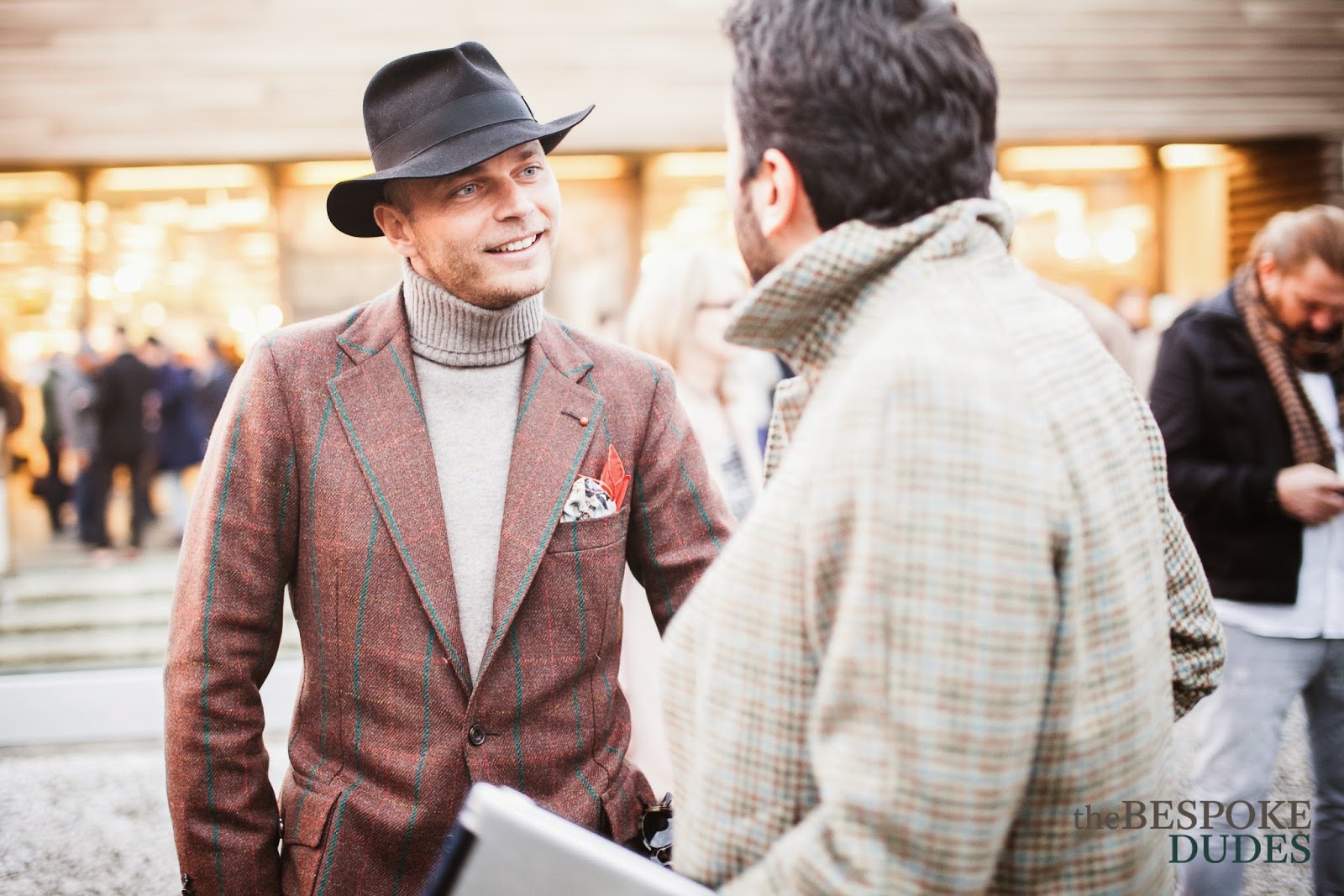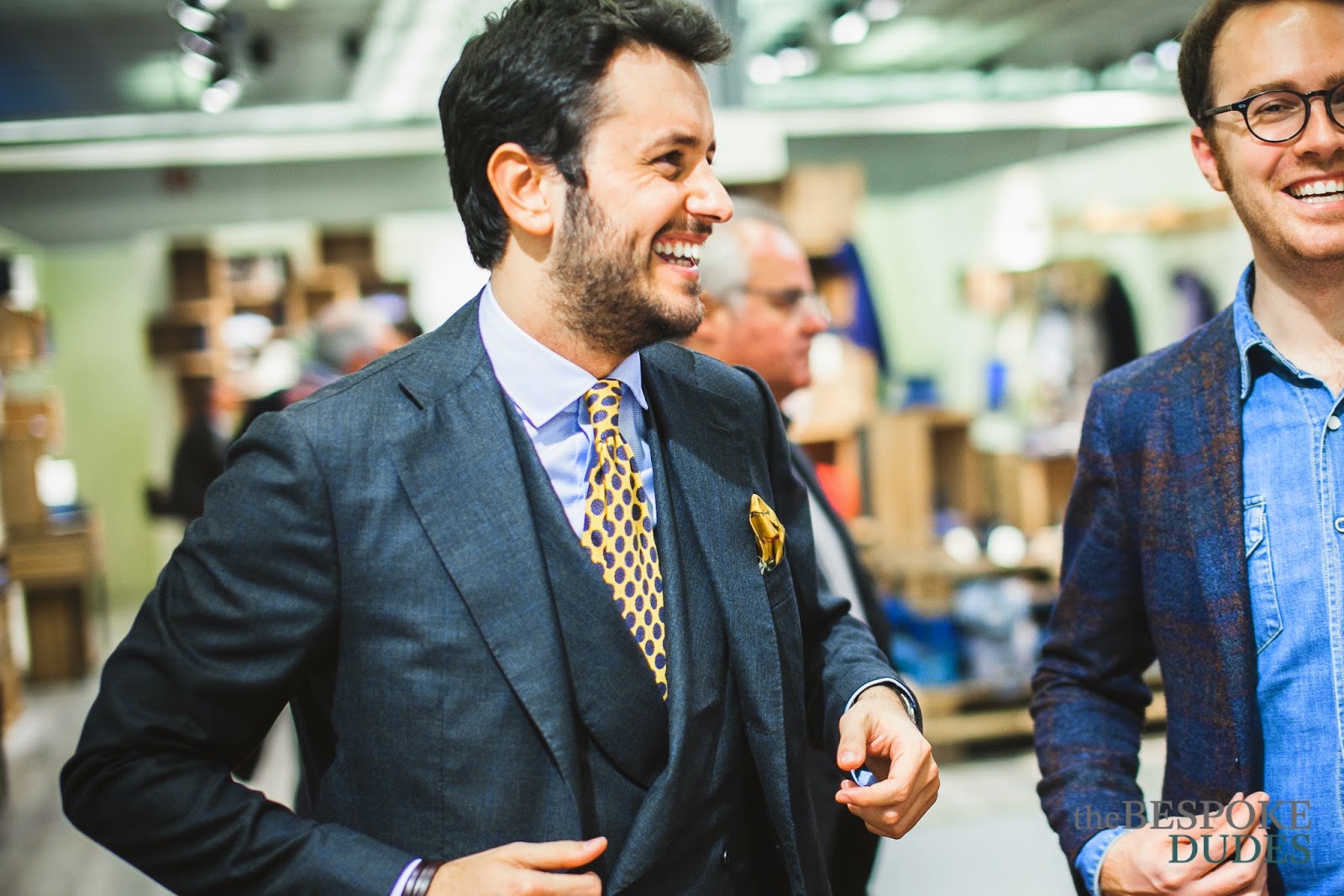![]()
Sansepolcro, Tuscany. Sixteen thousand inhabitants and a family, the Inghirami, writing the history of the Italian textile industry since 1949. This family still invests on their made in Italy production and on a strong link with the territory. Fabio Inghiramu, founder of the namesake group, was a lawyer and entrepreneur from Tuscany described by Treccaniencyclopedia as a “protagonist of the industrialization of Tevere’s high valley and innovative not only on the regional level […] creating a complete production cycle, from the conception to the raw materials, up to the final product”. The link with the history and the local territory is tangible here: in their Palazzo of the 16th century, in the heart of the small town, some books with fabric swatches prior to the Italian union can still be consulted and in the town’s Cathedral visitors can admire the oldest wooden crucified Christ of the world, renovated thanks to a donation of the founder Fabio Inghirami. The deep bond with the territory, the passion for the company and the continuous pursuit of beauty push the current President of the Group, Giovanni Inghirami, to promote cultural activities in his town, both in the art and textile industry; “President Inghirami is an art collector and he is trying to bring back the works of Santi di Tito, local artist, very renowned in Firenze in the XVI century” - I am told by Marco Marini and Tommaso Inghirami, third generation at helm of the company, young and smart guys, in love with their Country and willing to defend the Italian heritage, including the biological wine, produced by the family in the Chianti Rufina area, near Firenze, without compromises of quality.
Moreover, the Group owns several brands, among which are the Fabio Inghirami and Ingram. The former is more traditional, producing a total look for men, including the jackets, which are offered on two different kinds: traditional or sartorial with “pelone” - a sort of padding only at the chest level. Both feature a peculiar lining band to keep the side vents closed. The Ingram, on the contrary, is the historical shirt brand of the Group, the initial core of this majestic company. L’avvocato Inghirami started in 1949 producing just shirts in Sansepolcro, on the ground floor of family’s sixteen’s century Palazzo.
“We only use the best Italian cottons, such as Albini, Canclini and Monti” – says Alessandra Inghirami, second generations in charge of the styling department, while she shows me the Ingram Rose line, more exclusive and with a major attention to the details: the yoke divided in half, the British felling of the side, the hand-stitched button and buttonholes. Additional to this is line is the Cottonstir, a company’s patent and best selling product line. Pure Makò cotton and a peculiar productive process ensure no creases on the collar and the possibility of wearing it without previous ironing, as long as no centrifuge is used during the washing. I had the chance to try a sample and without any doubt, I can confirm the incredible softness of the fabric and an unusually perfect fitting for a ready-to-wear shirt. Finally, the Group – employing nearly two thousand employees in Italy and abroad, also offers an online made-to-measure service, with custom labels for every client and hand-made ironing.
Bespoke hugs,
Fabio
___________
Sansepolcro, Toscana. Sedicimila abitanti e una famiglia, la Inghirami, che scrive la storia del tessile italiano dal 1949 e oggi continua a puntare sul made in Italy e su un forte legame con il territorio.
Fabio Inghirami, fondatore del gruppo omonimo, era un avvocato e imprenditore toscano che la Treccani definisce “protagonista dell'industrializzazione nell'Alta Valle del Tevere e innovativo non solo a livello nazionale […] creando un completo ciclo di produzione, dall’ideazione alla materia prima, fino alla realizzazione del capo”. Il legame con la storia e il territorio qui è forte; nel Palazzo Cinquecentesco di proprietà della famiglia, nel cuore della cittadina toscana, è ancora possibile consultare libri di tessuti che risalgono a prima dell’Unità d’Italia e nella Cattedrale della cittadina è possibile ammirare il più antico crocefisso ligneo al Mondo restaurato grazie al contributo del Fondatore Fabio Inghirami. Il forte attaccamento al territorio, la passione per l'azienda e la ricerca continua della bellezza spingono l'attuale Presidente del Gruppo, Giovanni, ad essere promotore della cultura nel suo territorio, dall’arte al tessile; "Il Presidente Inghirami è un collezionista d’arte e sta cercando di riportare a Sansepolcro gran parte delle opere di Santi di Tito, artista del luogo, molto noto nel cinquecento fiorentino”, mi raccontano Marco Marini e Tommaso Inghirami, terza generazione, giovani e brillanti, innamorati del loro Paese e con tanta voglia di difendere il patrimonio italiano fino al vino, che la famiglia produce in modo biologico a Firenze nel Chianti Rufina in quantità limitate, senza compromessi sulla qualità.
Diversi sono i marchi che fanno capo al Gruppo, tra i quali Fabio Inghirami e Ingram. Il primo, più tradizionale, produce un total look da uomo, includendo il capospalla, offerto in due tipologie diverse: tradizionale o sartoriale con “pelone”, una sorta di imbottitura solo sul petto. Peculiare, inoltre, è una fettuccia di fodera all’interno della giacca con funzione di tenere chiusi gli spacchi. La Ingram, invece, è la storica camiceria del Gruppo, il cuore iniziale di questa imponente realtà toscana. E’ proprio dalla camicia, infatti, che l'avvocato Inghirami iniziò nel 1949 la sua storia imprenditoriale a Sansepolcro, al pianterreno del Palazzo Cinquecentesco di famiglia.
“Utilizziamo solo i migliori cotoni italiani quali Albini, Canclini e Monti” – mi spiega Alessandra Inghirami, seconda generazione responsabile del reparto stile, mentre mi mostra la linea Ingram Rose, più esclusiva e con maggiore attenzione ai dettagli: dal carrè diviso in due, al fianco chiuso all’inglese, il bottone attaccato a giglio e l’asola ricamata a mano. Oltre a questa linea, c’è la Cottonstir, brevetto dell’azienda e fiore all’occhiello del marchio. Puro cotone Makò e un particolare processo produttivo assicurano un collo che non si sgualcisce e la possibilità di indossarla senza previa stiratura, purchè non si usi la centrifuga. Ho avuto modo di testarne un esemplare e non posso che confermare l’incredibile morbidezza del tessuto e un fitting sinceramente inusitato per una camicia in taglia. Il Gruppo, infine, che conta su un organico di ben duemila dipendenti tra italia e estero, offre anche un servizio di camicie su misura on-line, con etichette personalizzate per ogni cliente e stiro a mano.
![]() |
| Giovanni, Alessandra and Tommaso Inghirami |
![]() |
| Tommaso and his father Giovanni |
![]() |
| Hand-made ironing |
![]() |
| Showroom |
![]()
![]() |
| Peculiar costruction with "Pelone" - Peculiare costruzione con "pelone" |
![]() |
| lining ribbon to keep side vents closed - fascia di foder per tenere chiusi gli spacchi laterali |
![]() |
| Very vintage fabric swatches - bunch di tessuto che risalgono a prima dell'Unità di'Italia |
![]() |
| One of the works of Santo di Tito - Una delle opere di Santi di Tito |
![]() |
| Checking any possible flaw of the fabric - Controllo difetti sul tessuto |
![]() |
| Magazzino stoffe - Fabric stock |
![]() |
| Patterns - Carta modelli |
![]() |
| Pattern-maker - Modellista |
If you like what we are doing here, please consider following TBD on
Bespoke Hugs,
Fabio
Ph: Andrea Calandruccio



















































































































































































































































